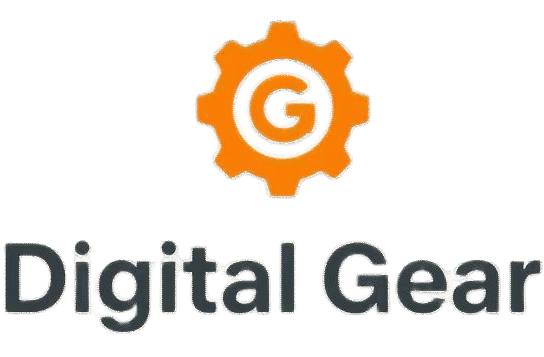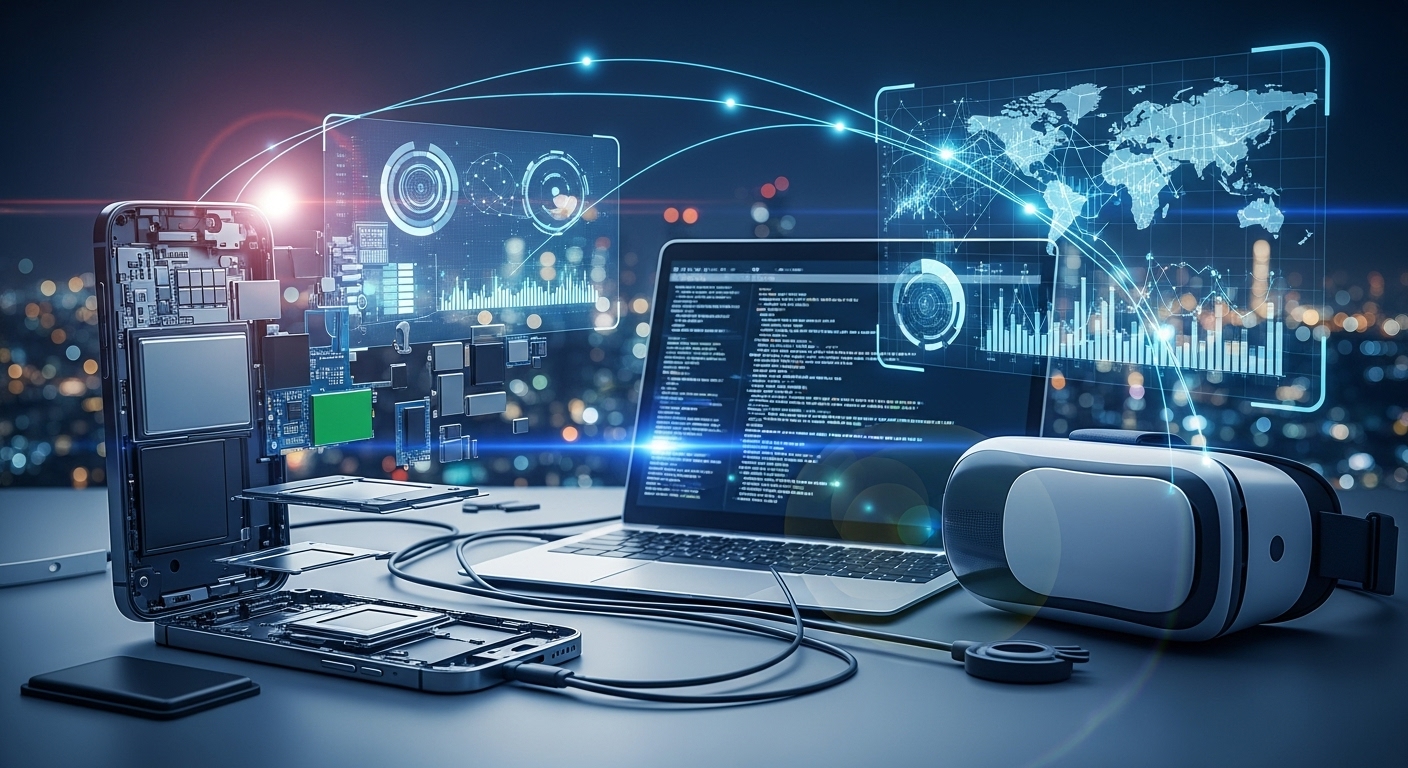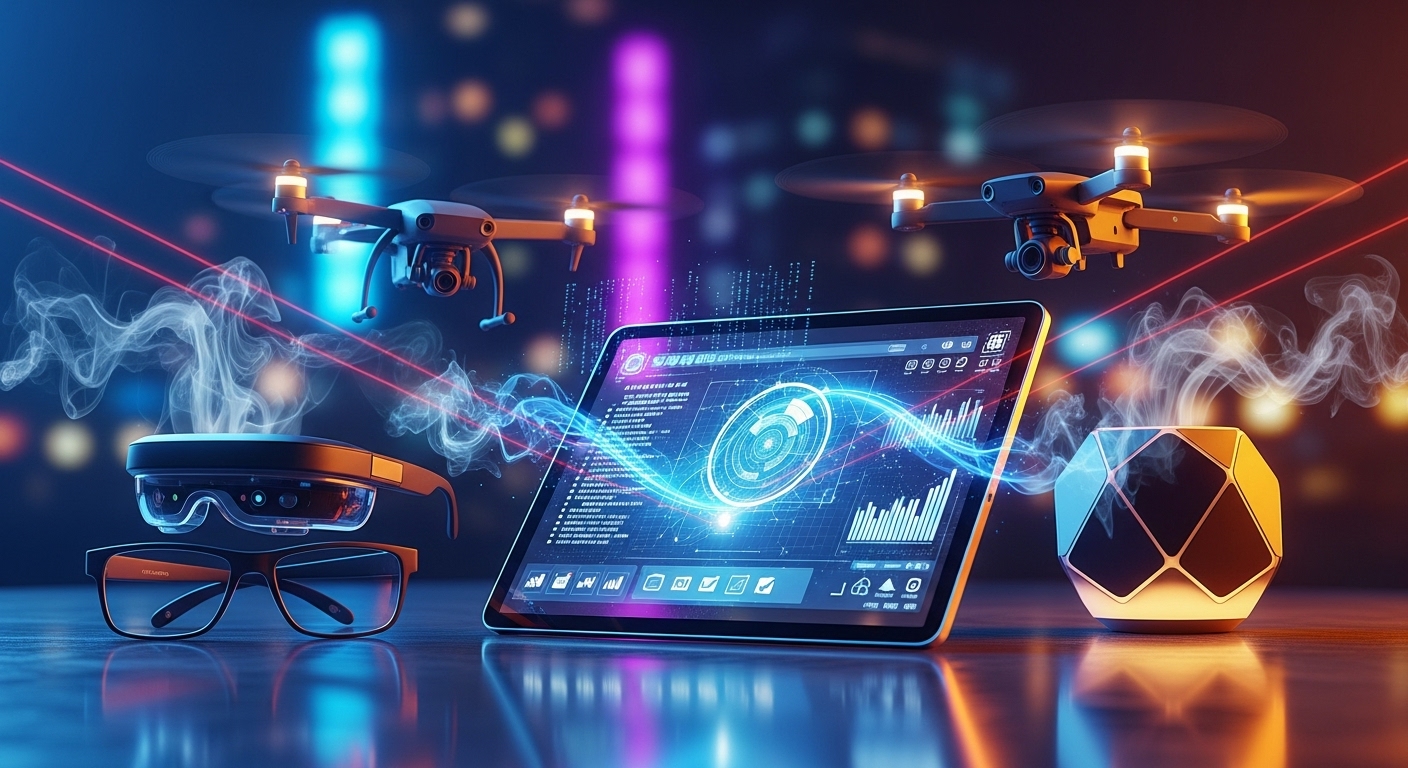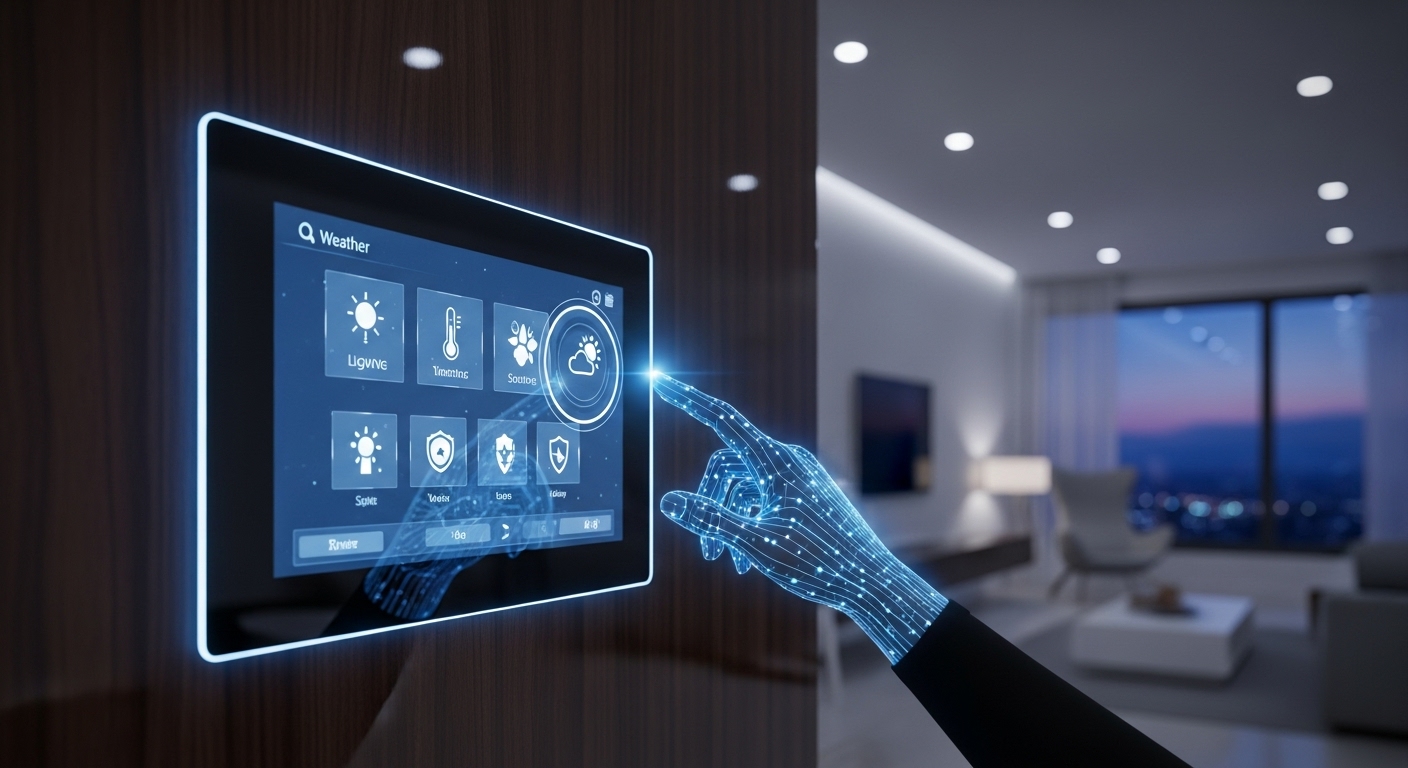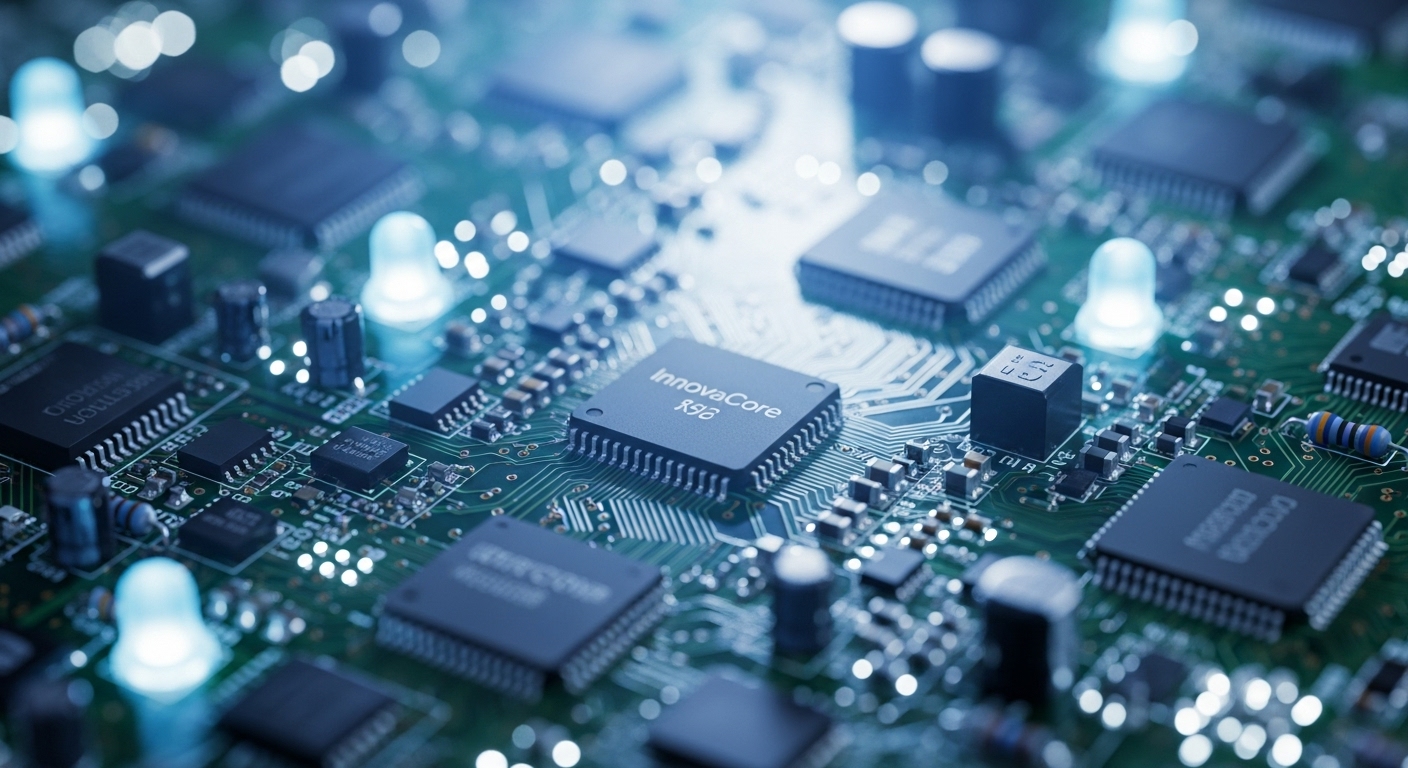Technology has become the defining force of the 21st century, reshaping how we communicate, work, learn, entertain, and interact with our environment. From early computing devices to the rise of artificial intelligence, cloud computing, and the Internet of Things, technology continues to evolve at a rapid pace. Its impact is visible in every sector, creating opportunities, efficiencies, and challenges for individuals, businesses, and governments. This blog explores the evolution, innovations, and future of technology while examining its role in transforming modern society.
The Historical Evolution of Technology
The story of technology begins with the earliest human innovations. Simple tools, fire, and basic machines helped humans solve everyday problems and improve survival. Over centuries, civilizations developed advanced tools such as the wheel, printing press, and mechanical clocks, which enabled trade, communication, and social organization.
The Industrial Revolution marked a turning point, introducing mechanized production, factories, and innovations like the steam engine. These developments emphasized efficiency, scalability, and productivity, laying the foundation for modern technological advancement.
The 20th century saw the advent of electronics and computing, revolutionizing how humans processed information. The invention of the transistor, microprocessor, and personal computer made complex calculations, data storage, and digital communication accessible to households and businesses. The internet further connected the world, enabling real-time communication, global collaboration, and information sharing.
The Rise of Computing and Artificial Intelligence
Computers have driven technological progress for decades. Early mainframes enabled large-scale calculations, while personal computers brought computing power into homes and offices. The evolution of software, operating systems, and hardware miniaturization allowed for greater accessibility and usability.
Artificial intelligence has emerged as one of the most transformative technologies. AI systems can analyze vast amounts of data, identify patterns, and make predictions. Machine learning, a subset of AI, allows systems to learn and improve from experience. Applications of AI range from virtual assistants and recommendation engines to autonomous vehicles and predictive analytics.
Deep learning and natural language processing have enabled machines to understand and generate human-like responses, improving communication, customer service, and creative applications. AI integration into daily life is increasingly seamless, offering convenience, efficiency, and innovative solutions across industries.
Mobile Technology and Connectivity
Mobile technology has fundamentally changed how humans access information and interact with the world. Smartphones combine computing power, connectivity, and portability, creating multifunctional devices that are indispensable in modern life. Mobile applications cover every aspect of daily life, including banking, health, education, shopping, and entertainment.
The rollout of 5G networks provides faster, more reliable connections, enabling innovations such as augmented reality experiences, cloud gaming, and real-time remote work solutions. Mobile technology not only improves convenience but also allows businesses to reach global audiences more effectively.
Wearable devices such as smartwatches and health trackers have expanded the mobile ecosystem. These devices monitor vital signs, track fitness, and connect with larger digital systems, providing data-driven insights for health, productivity, and lifestyle management.
The Internet of Things: Connecting Devices and Data
The Internet of Things, or IoT, extends connectivity to everyday objects, creating networks of devices that communicate and share information. Smart homes, connected vehicles, industrial sensors, and wearable devices exemplify how IoT is transforming daily life and business operations.
IoT enables real-time monitoring, predictive maintenance, and automation. For example, smart thermostats optimize energy use, while industrial sensors detect potential equipment failures before they occur. In agriculture, IoT monitors soil and crop health, enhancing productivity and sustainability.
Combining IoT with AI amplifies its capabilities. Intelligent systems can analyze data from multiple sources, detect patterns, and provide actionable insights. This creates adaptive environments that enhance operational efficiency, personal convenience, and environmental stewardship.
Cloud Computing and the Digital Infrastructure
Cloud computing has revolutionized how data is stored, processed, and accessed. Traditional computing relied on local servers and hardware, limiting scalability and flexibility. Cloud platforms provide virtually unlimited storage and computing power accessible from anywhere, supporting collaboration, business operations, and innovation.
Software as a Service, Infrastructure as a Service, and Platform as a Service models allow organizations to focus on growth and creativity instead of managing hardware. Cloud computing supports remote work, online learning, and international collaboration by enabling real-time access to applications, data, and services.
The scalability of cloud computing empowers startups and enterprises alike, providing resources that were once accessible only to large corporations. Businesses can innovate faster, reduce costs, and adapt to changing market conditions with cloud infrastructure.
Cybersecurity in the Digital Age
As technology becomes more pervasive, cybersecurity is critical. The proliferation of devices and online services increases vulnerability to hacking, identity theft, and data breaches. Protecting information requires advanced tools, protocols, and strategies.
Encryption, multi-factor authentication, threat detection, and incident response systems form the backbone of cybersecurity. Artificial intelligence and machine learning are increasingly used to detect anomalies and respond to threats in real-time. Organizations must remain proactive in addressing risks to ensure the safety of sensitive data and operational continuity.
Cybersecurity is not only technical; it requires awareness, ethical practices, and adherence to regulations. Users, businesses, and governments must collaborate to create secure digital environments.
Virtual Reality and Augmented Reality
Virtual reality and augmented reality technologies are transforming human experiences. VR immerses users in fully digital environments, while AR overlays digital information onto the physical world.
Applications span gaming, education, healthcare, and industrial design. VR simulations train professionals in surgery, aviation, and engineering, providing realistic and risk-free experiences. AR enhances classroom learning, architectural visualization, and interactive retail experiences.
Integration with AI and IoT further enhances VR and AR. Intelligent environments respond to user input, creating immersive, interactive, and adaptive experiences that expand possibilities for work, learning, and entertainment.
Blockchain and Decentralized Technologies
Blockchain technology offers a decentralized approach to data security and transparency. Initially developed for cryptocurrencies, blockchain now supports finance, supply chain management, digital identity, and smart contracts.
Blockchain ensures secure, transparent, and tamper-proof transactions. Decentralized systems reduce reliance on intermediaries, improve efficiency, and increase trust. Cryptocurrency adoption enables fast, secure global transactions, while non-fungible tokens have redefined digital ownership, creativity, and intellectual property management.
Smart contracts automate processes and agreements without intermediaries, streamlining business operations. Blockchain’s combination of security, transparency, and automation is reshaping industries and creating innovative digital ecosystems.
Healthcare Technology
Technology has revolutionized healthcare by improving diagnosis, treatment, and patient outcomes. Advanced imaging systems, robotic surgery, telemedicine, wearable devices, and AI analytics enhance precision, efficiency, and accessibility.
Genomics and biotechnology leverage technological innovation to advance personalized medicine. DNA sequencing, gene editing, and predictive analytics shift healthcare from reactive treatment to proactive intervention. AI assists in analyzing medical data, identifying patterns, and recommending personalized therapies.
Digital health solutions increase access to medical care, particularly in remote or underserved regions. Telehealth platforms and wearable monitors extend healthcare services beyond traditional clinics, improving public health and quality of life globally.
Sustainable Technology and Environmental Solutions
Modern technology plays a crucial role in addressing environmental challenges. Renewable energy systems, smart grids, energy-efficient devices, and IoT-enabled monitoring optimize resource use and reduce waste. Sustainable solutions are transforming transportation, agriculture, manufacturing, and urban planning.
Electric vehicles, precision farming, and green building technologies exemplify how technology can promote environmental responsibility. Monitoring systems track climate and environmental conditions, enabling better conservation, disaster response, and policy-making.
Sustainable technology supports circular economy principles, promoting efficient resource use, minimizing waste, and reducing environmental impact. Innovations in this sector are essential for building a resilient and sustainable future.
Cultural and Social Impact of Technology
Technology has transformed communication, entertainment, and social interaction. Social media platforms, messaging apps, and content-sharing networks connect people globally, fostering communities and collaboration. Online culture, digital art, and virtual experiences reflect technology’s influence on creativity and identity.
Education and entertainment have also been transformed. Online learning platforms, digital libraries, streaming services, and interactive media provide access to knowledge and experiences previously limited by geography. Technology democratizes information, empowering individuals to learn, create, and engage in new ways.
Gaming, digital events, and content creation are examples of technology shaping culture and social trends. Communities form around shared experiences, collaboration, and creativity, transcending traditional boundaries.
Ethical and Societal Challenges
While technology offers immense benefits, it also presents ethical and societal challenges. Privacy concerns, misinformation, digital addiction, and data misuse require careful consideration. Rapid innovation often outpaces regulatory frameworks, creating gaps in accountability.
Ethical development of technology requires transparency, regulation, and awareness. Responsible innovation balances progress with societal well-being, ensuring that technology serves humanity positively rather than creating harm. Addressing these challenges is essential for sustainable technological growth.
The Future of Technology
The future promises unprecedented advances in quantum computing, artificial intelligence, biotechnology, robotics, and space exploration. Quantum computing may solve problems beyond the capabilities of classical systems, while AI continues to revolutionize automation, personalization, and predictive analytics.
Integration across sectors and technologies will create intelligent, adaptive ecosystems. Smart cities, autonomous transportation, immersive virtual experiences, and AI-driven decision-making will enhance productivity, creativity, and quality of life. Emerging technologies will reshape industries, education, healthcare, and entertainment while addressing global challenges such as climate change and resource management.
Conclusion: Technology as a Catalyst for Progress
Technology has fundamentally reshaped human civilization, influencing communication, commerce, healthcare, education, and culture. From early tools to modern innovations in AI, VR, IoT, cloud computing, and blockchain, technology has expanded human potential and redefined possibilities.
Its evolution demonstrates the power of human ingenuity and collaboration. Modern technology drives economic growth, social development, and cultural transformation. Embracing technology responsibly ensures that it continues to empower individuals, address global challenges, and shape a sustainable, connected, and innovative future.
Technology is not just a tool; it is a catalyst for progress, unlocking new opportunities and creating a world where human potential is amplified through digital innovation.
